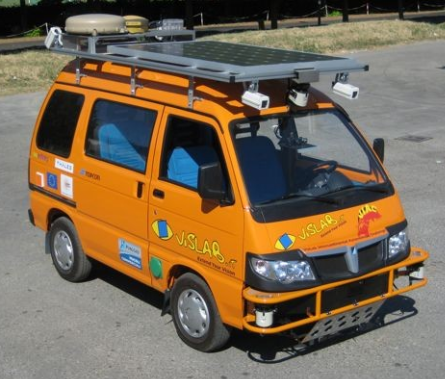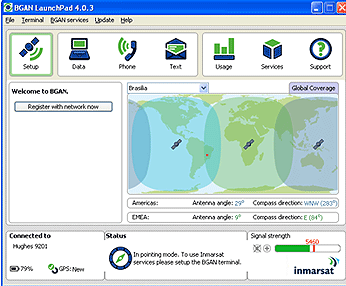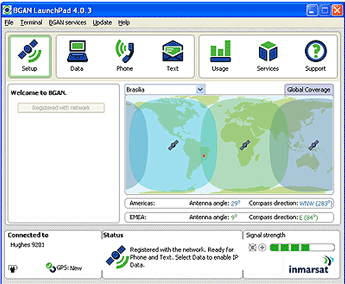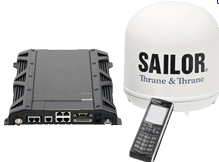Oilfields monitored remotely with Inmarsat BGAN satellite service
The world’s first large-scale SCADA (supervisory control and data acquisition) network based on Inmarsat’s mobile BGAN satellite service provides previously unmatched remote site management options for the oil and gas industry.
This groundbreaking BGAN SCADA network has been deployed for a major oilfield services company to monitor and control several hundred remote unmanned sites.
Inmarsat distribution partner Stratos Global and its channel partner Zedi Inc., a specialist in end-to-end management of oil and gas operations, are installing the IP-based network at the customer’s sites. The network will enable the customer to monitor and control its worldwide sites from its global operations center.
With the expanded remote site management capability made available by the network, the customer will be able to monitor critical technologies used in the oil and gas industry, such as electrical submersible pumps and downhole pressure and temperature gauges. The deployment will be expanded to include progressive cavity pumps and other upstream facilities. This network will replace the end-user’s older-generation Inmarsat GAN mobile packet data service.
Satellite BGAN ideal for remote site management
BGAN uses highly portable, lightweight terminals to provide simultaneous, high-speed IP data (up to 492 kbps) and voice connectivity anywhere in the world. BGAN satellite service is ideally suited to enable communications in areas where terrestrial or cellular networks are damaged, congested, or non-existent.
The BGAN satellite SCADA service uses the reliable Inmarsat I4 satellites operating in the L-band frequency, which are proven to withstand rain fade and other environmental factors.
Ruggedized BGAN
The network uses Addvalue’s Sabre Ranger, a ruggedized, compact BGAN terminal developed by Addvalue in partnership with Stratos and the end-user. The SABRE Ranger terminal is specifically designed for permanent fixed-site deployment and 24/7 network connectivity . It’s designed to withstand all environmental challenges associated with remote SCADA applications and to reliably transmit mission-critical data to the user’s corporate headquarters from hard-to-reach locations.
Secure portal
In this deployment, the BGAN satellite terminals are connected to the Zedi Intelligent Network, which delivers highly reliable and accurate data to the desktop via Zedi Access, a secure web portal. By using Zedi Access, the customer is able to make better-informed decisions and manage more wells.
Groundbreaking deployment
“This groundbreaking global deployment is the result of a strategic partnership between Stratos, Zedi, Addvalue and the end-user that included nearly two years of rigorous testing,” said Stratos President and CEO Jim Parm. “Before this deployment, BGAN-based SCADA networks of this scale did not exist.”







